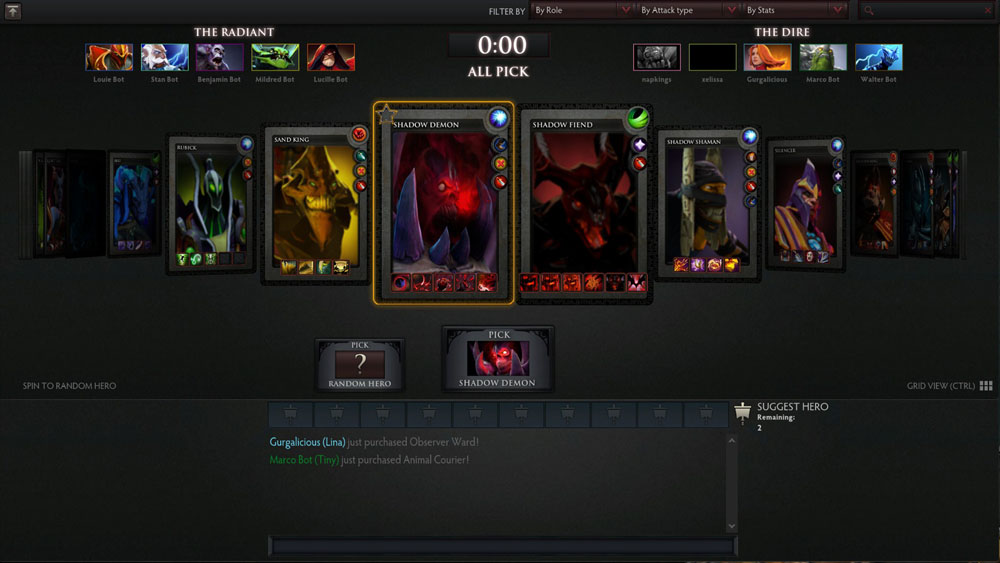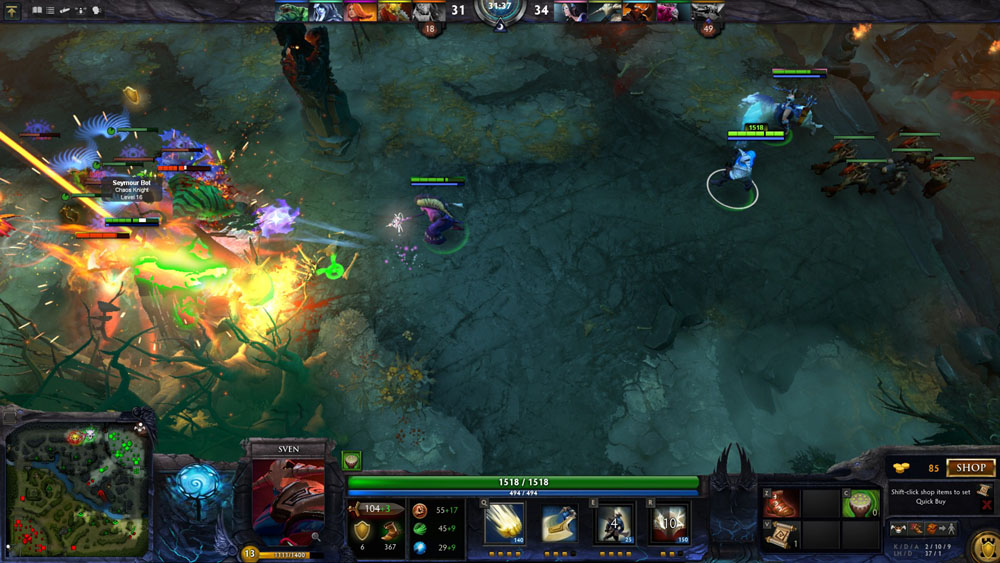SHARING PREMIUM ITEMS
As mentioned, battle boosters can be shared with co-op partners, to help them level up faster as well and get cosmetic items cheaper. Players can also freely trade their items between each other via the Steam trading interface. As far as I can think of, nothing in the shop is locked to a player’s account initially. Even tournament tickets must be activated. After that, they are bound to that Steam account. Cosmetic items are almost never locked to an account (a rare exception includes a cosmetic item acquired for completing a tutorial mission).

INCENTIVE FOR PROGRESS AND LONGEVITY
Since there’s nothing that can be bought for real or virtual currency that really changes the game in any way, each player will have different feelings about incentive to play (or keep playing) DOTA 2. That being said, there is also no “completing” DOTA 2, either. Each individual game will be unique in some way. Players who continue to play usually do so because they enjoy playing, and/or they want to get better. With 102 heroes (and several more at least on the way), it’s a monstrous task to learn what they all do, and perhaps impossible for most people to even think of mastering them all. The cosmetic items are often enjoyable and aesthetically pleasing or interesting, but they’re certainly not a reason to play. Players play because they like the game and want to further their knowledge, skill, and experience of the game.
ARE THERE ANY WORLD BREAKING TRANSACTIONS?
Since each game of DOTA 2 is self contained, there is no room for transactions within the game itself. As mentioned previously, all of the purchasing is done out of game (in the Valve store), and is purely cosmetic or for spectating. This model feels superior to other MOBA games since all of the heroes are accessible from the beginning, which levels the playing field and favorite heroes can be customized at will.

DOTA 2 will never ask for another quarter during the match, but Valve does a very good job of tempting players with chests. Seeing other heroes with a rare set usually has players scramble to buy/sell/trade bodily fluids for items. Some people (no names) have a deep affinity for the item system in the game so much that it has tapped into the human psyche and taken money from wallets.
SO HOW DO YOU ACTUALLY CO-OP?
It’s simple really, and it doesn’t matter if you are alone or with friends. Each game of DOTA 2 consists of a 5 on 5 battle, so you will be looking at a co-op group of five. Once you have booted up the game, players can party up by clicking on their names and selecting ‘Invite to party’. Once in a party there are three ways to start a co-op match, each of which are accessible by hitting the large ‘PLAY’ button located at the top of the screen.
1. Practice with bots - this will begin a match immediately for all the players in the party. The empty spots are filled with bot players, and the easiest method for practicing new heroes and tactics.
2. Co-Op matchmaking - as mentioned above, players may queue up for a co-op match in which battle points can be earned as well as possible item drops. Note that if a player abandons a queued match, it will count against their record.
3. Create a lobby - if a customized match is required, or if there is a larger group, a lobby can be made to accommodate. The type of game can be changed, how many bots are present, and players can choose what team to play for or even spectate the match.